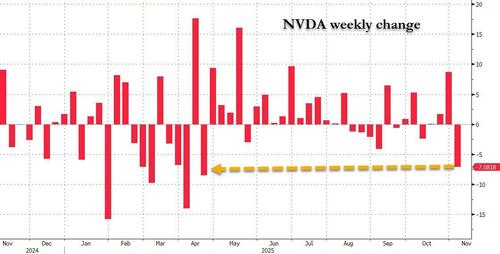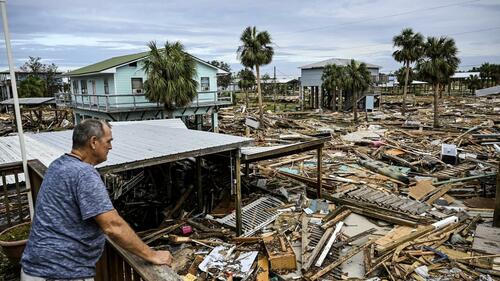Many decades ago, as a teenager, I promised myself that when I was among “old people” I would take young people’s views seriously and never treat them with disdain. My peers and I took Khalil Gibran’s advice to heart and celebrated it as a fact that young people’s souls dwell in the house of tomorrow, which we older people cannot visit even in our dreams.

But nothing prepared us for a generation of young people who feel that the human race is so hopeless it deserves to perish.
Over centuries there have been individuals who felt like this. Philosophical schools about the essential meaninglessness of life are also ancient. And yet the raw despair now expressed by many young people is more of a material, rather than philosophical, response.
They despair about how we, people past their 50s, have failed to address the climate crisis in time. For some years now, many young people have said they refuse to have children in an age of climate chaos. And now, the anxiety about climate chaos pales in comparison to the more immediate anguish about the mass annihilation proceeding unchecked in Gaza.
It is the young who are more direct and sharper in dismissing any talk about a “rules-based world community of nations” as naked lies. If such a community actually existed, how could the mass murder of children be treated merely as collateral damage? At the darkest end of this despair may be the feeling that it is evil, not goodness, that triumphs.
In that case, Diwali would be nothing more than an excuse to eat sweets and have a public holiday that reminds people to spend time with family. Or Diwali may be seen merely as an enduring habit connected with a story about a barefoot prince in exile versus an all-powerful king and his seemingly unbeatable army.
If the view is limited in this manner, then neither Diwali nor the Ramayana itself would address the anguish and despair of young people. So why did both the annual festival and the many Ramayana texts nourish countless generations? Can they still do this for those young people caught in abject despair?
Those with a nihilistic bent of mind might say that our psychological survival as a species has demanded that we keep reaffirming the eventual victory of goodness. But our ancestors were probably much more sophisticated. We do have evidence of seers and poets who looked into the chasm and confronted the reality of the unspeakable suffering that humans are capable of inflicting on each other. And knowing this, they reaffirmed our capacity to overcome, by pegging the individual self on some larger whole – be it extended community, a belief in divinity, or just the long arc of time.
Even today, those who live within such frameworks, seem to be free from the handicap of seeing reality in binary terms of hero and villain, good and bad. For instance, Ashis Nandy, the political psychologist, saw this illustrated in a Yakshagana performance he saw some years back. The performance depicts the moment when the bridge has been built for Rama’s army to cross over to Lanka and confront Ravana. The bridge cannot be used until it is properly consecrated. The puja to do so requires a Brahmin and Ravana is the only Brahmin in the vicinity. So, a request is made to Ravana, who is duty-bound to comply. The Yakshagana performance depicted how Ravana comes across, and does the required puja knowing fully well that his “enemy” will use the bridge to fight him. Nandy suggests that this is an illustration of what is possible in a tradition where there is no concept of absolute evil. And life acquires meaning through our struggle or effort to rise above hate and love, joy and grief, life and death.
This is not to suggest that traditions in general were perfect nor that we limit ourselves to the frames they provide. What matters is to be anchored in a sense of wonder and awe about our fleeting, fragile existence in the infinity of time and space.
Of course, this does not save us from feeling overwhelmed when faced with unimaginable atrocities inflicted on innocent people. It is natural to feel as though one is being sucked into a black hole of despair.
This may be why the human evolutionary journey produced festivals, across the world, which in different ways reaffirm the power of light over darkness. This is not mere optimism. It is about sailing the edges of that black hole knowing that you are anchored in that which transcends light and dark.
This may be hard to focus on when you are trying to keep those Diwali diyas lit on a windy balcony or doorway. But it’s no less true, like the moon remaining in its place, even though for us it is a moonless night.
Rajni Bakshi is the founder of the YouTube channel Ahimsa Conversations. The views expressed are personal
Continue reading with HT Premium Subscription
Daily E Paper I Premium Articles I Brunch E Magazine I Daily Infographics
















